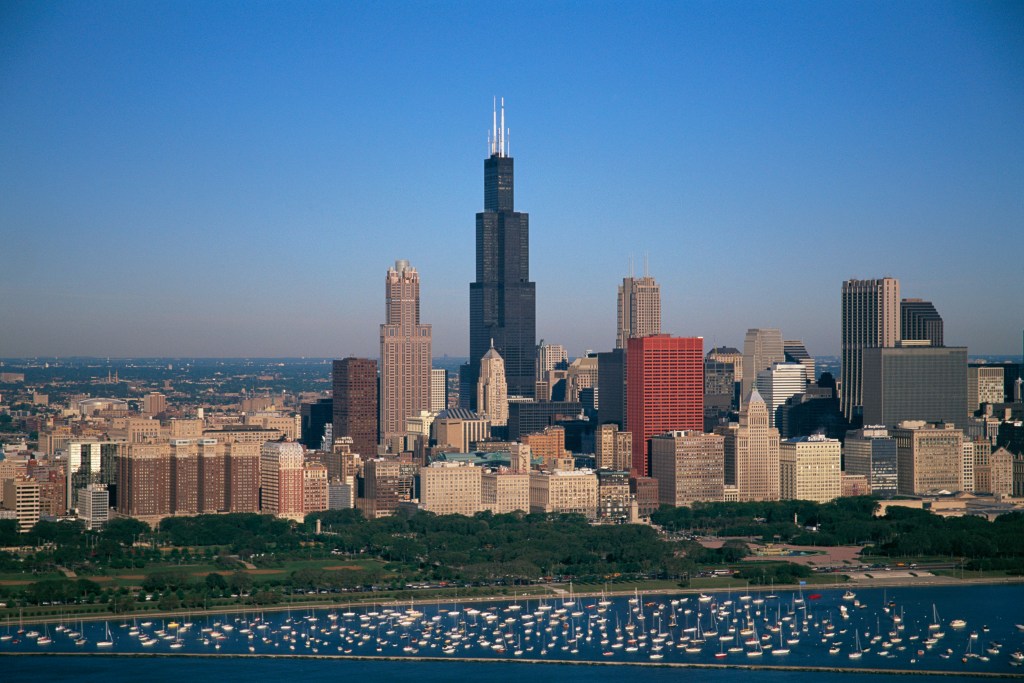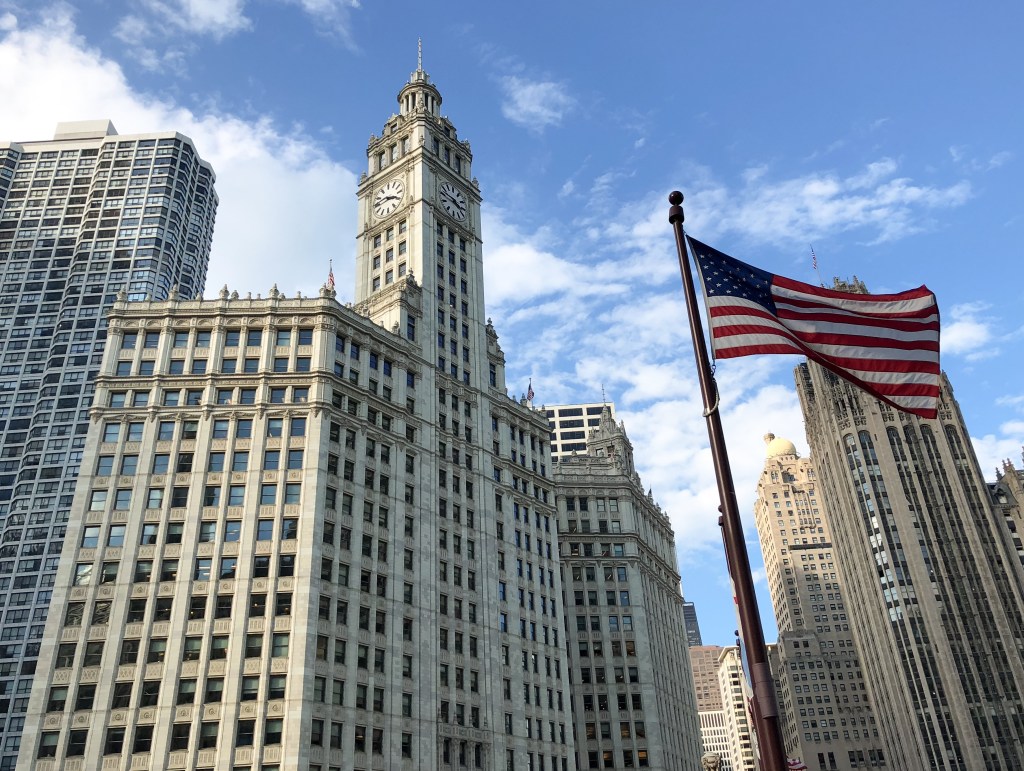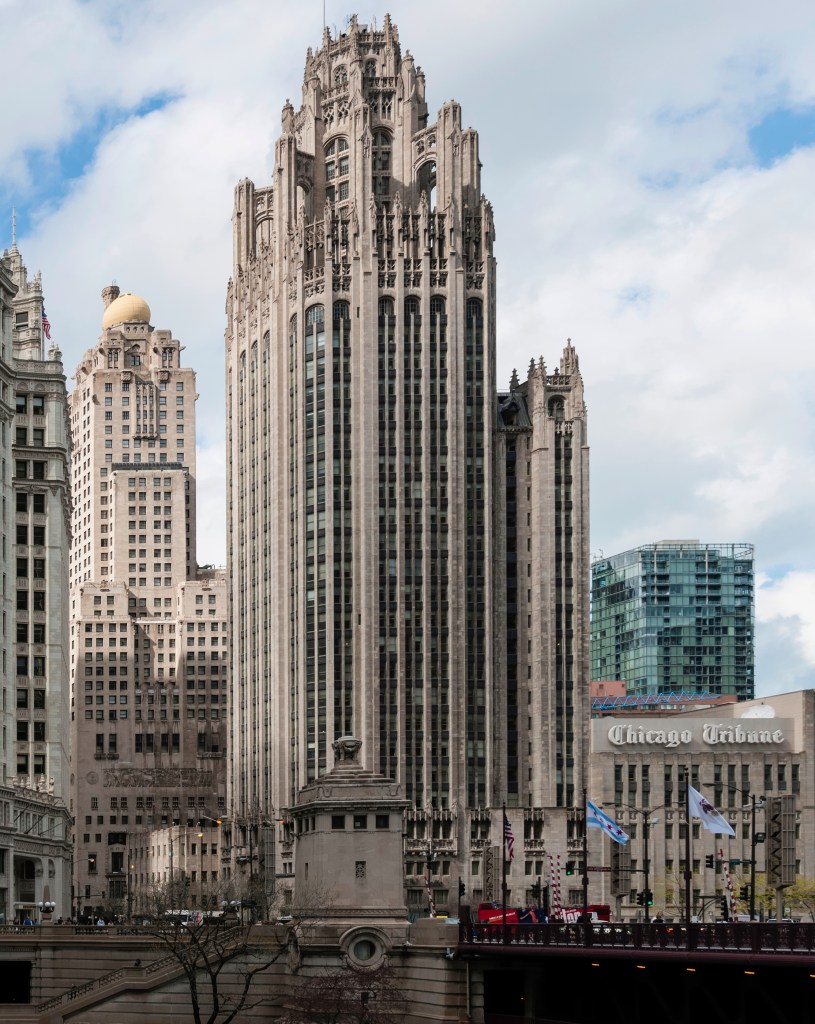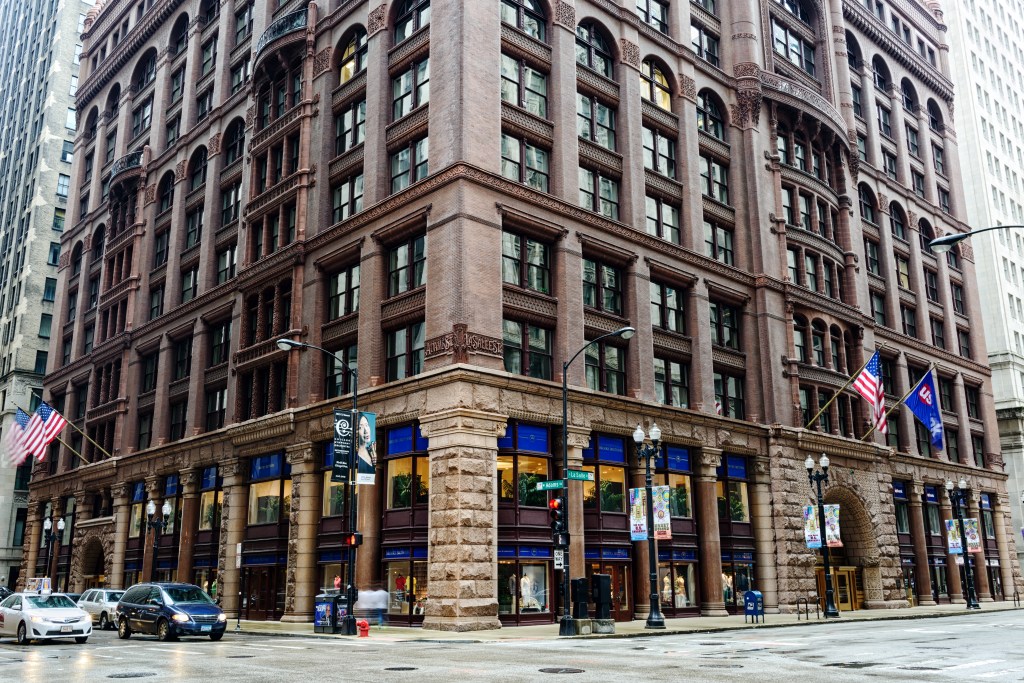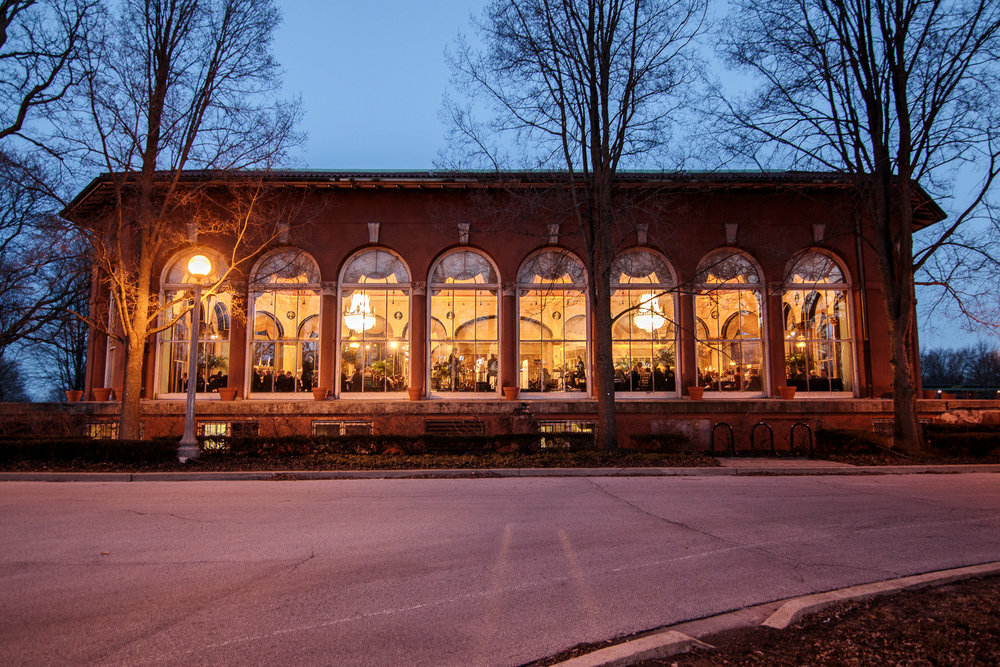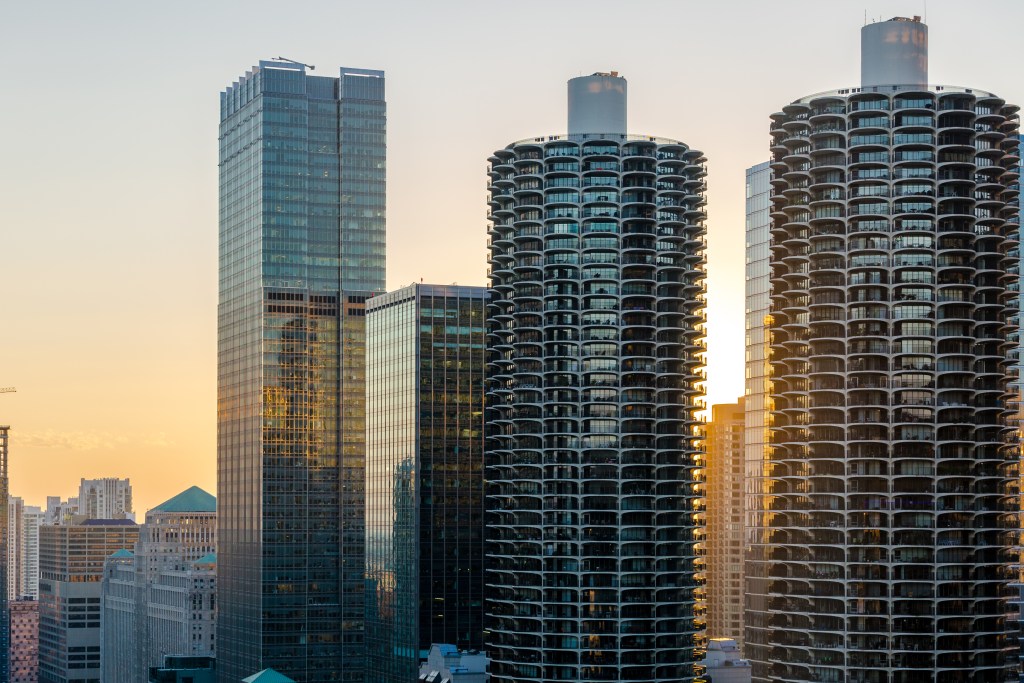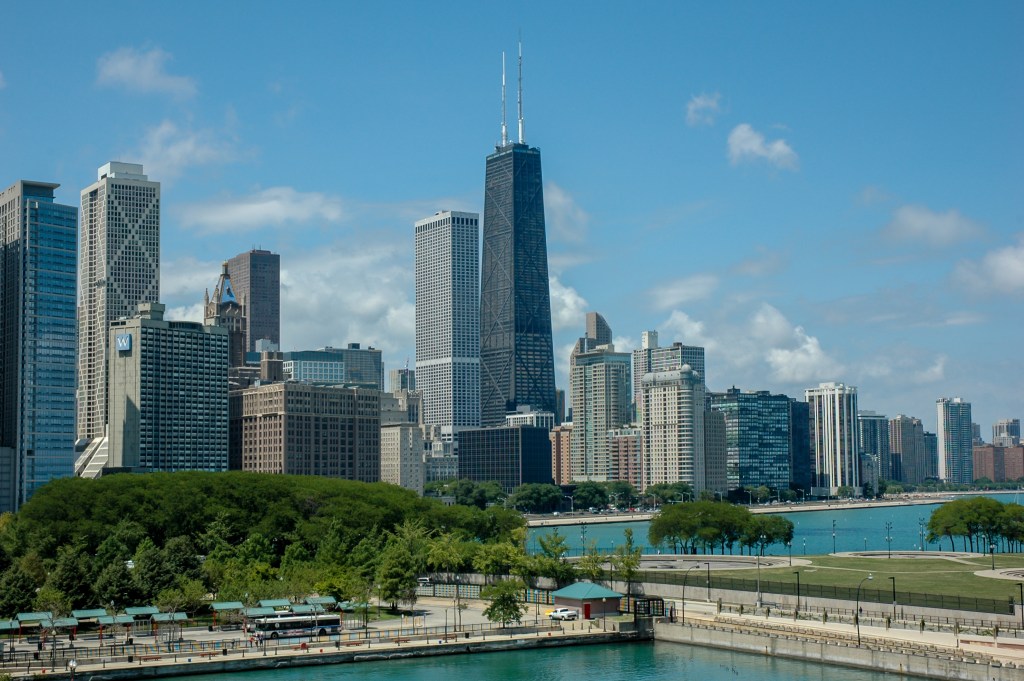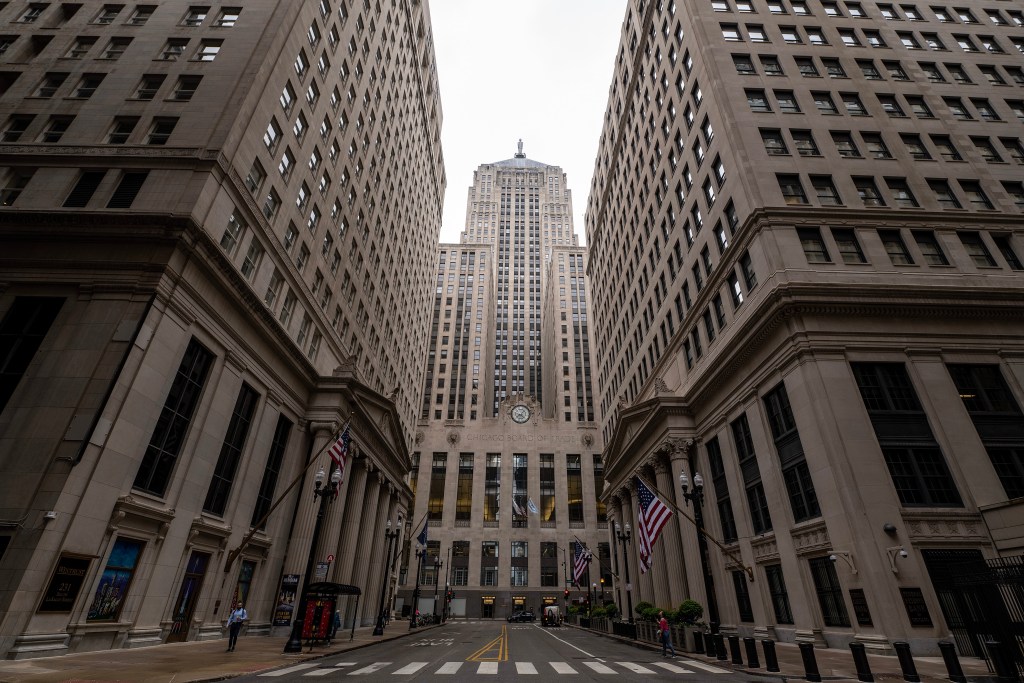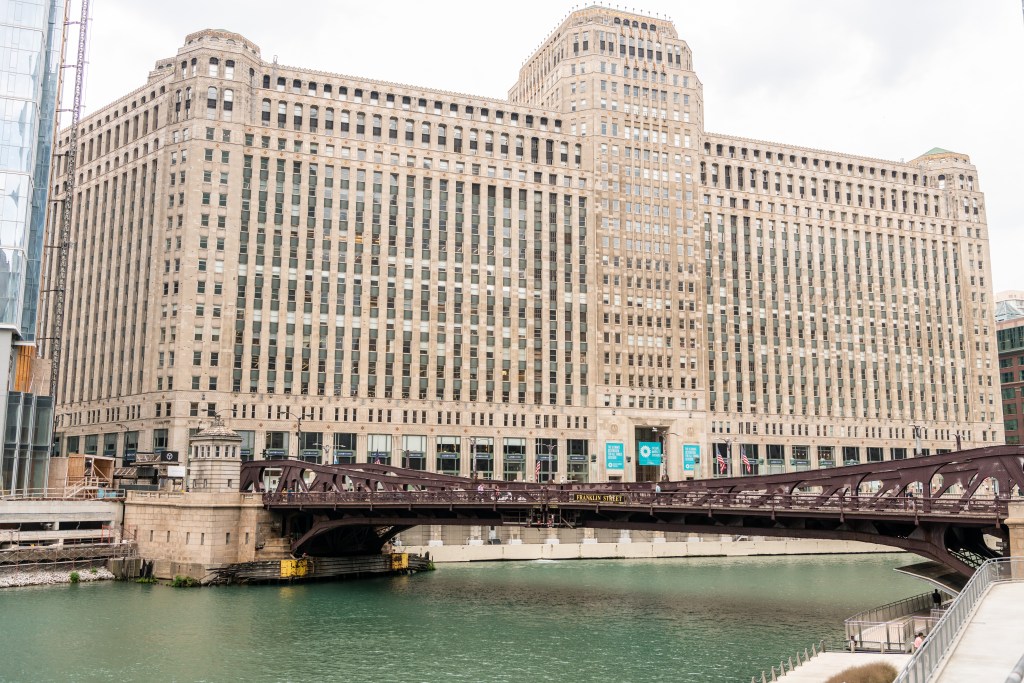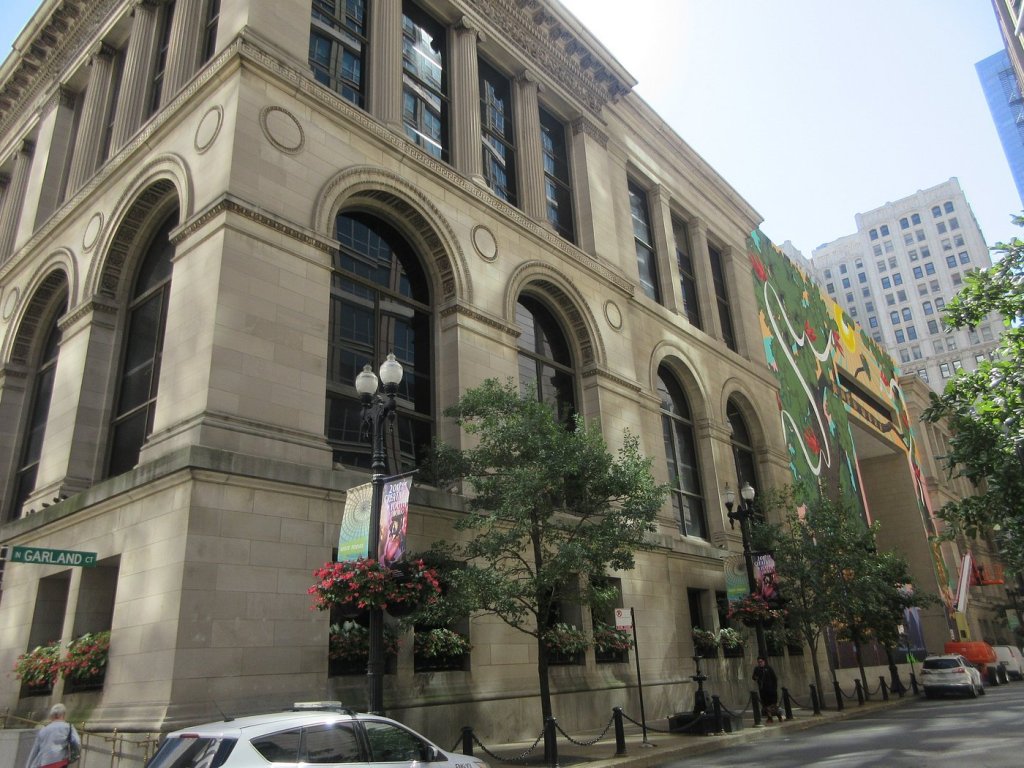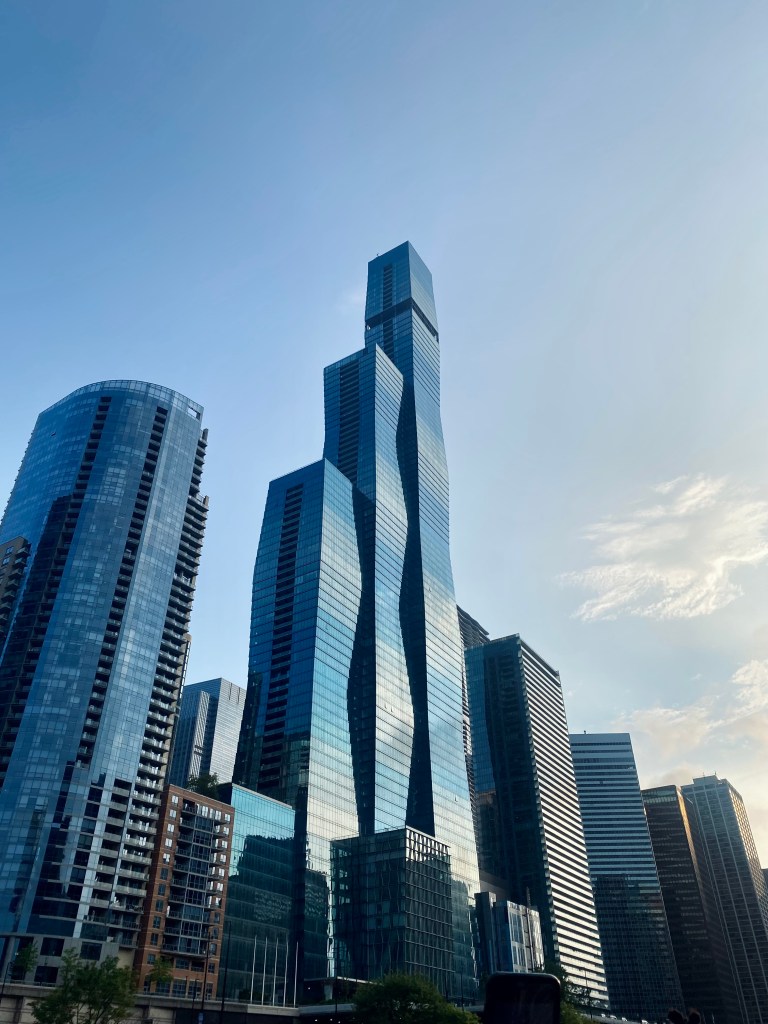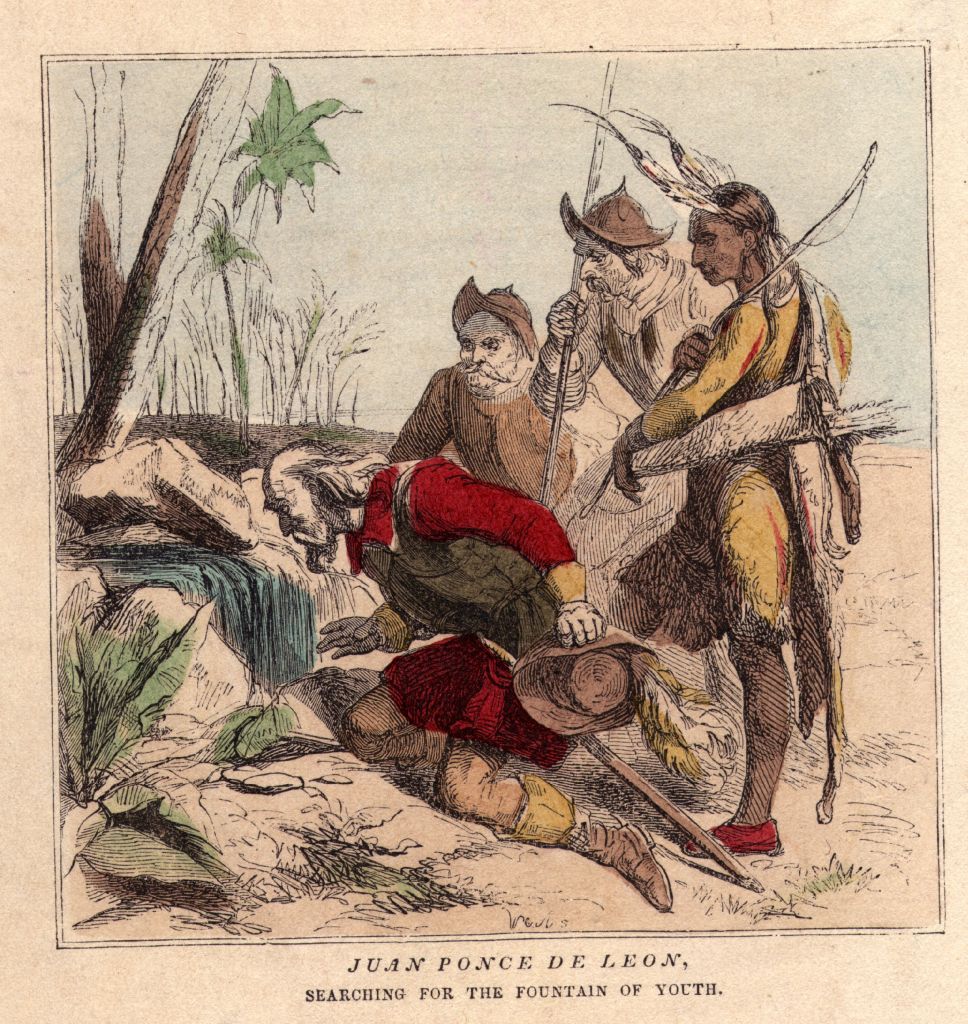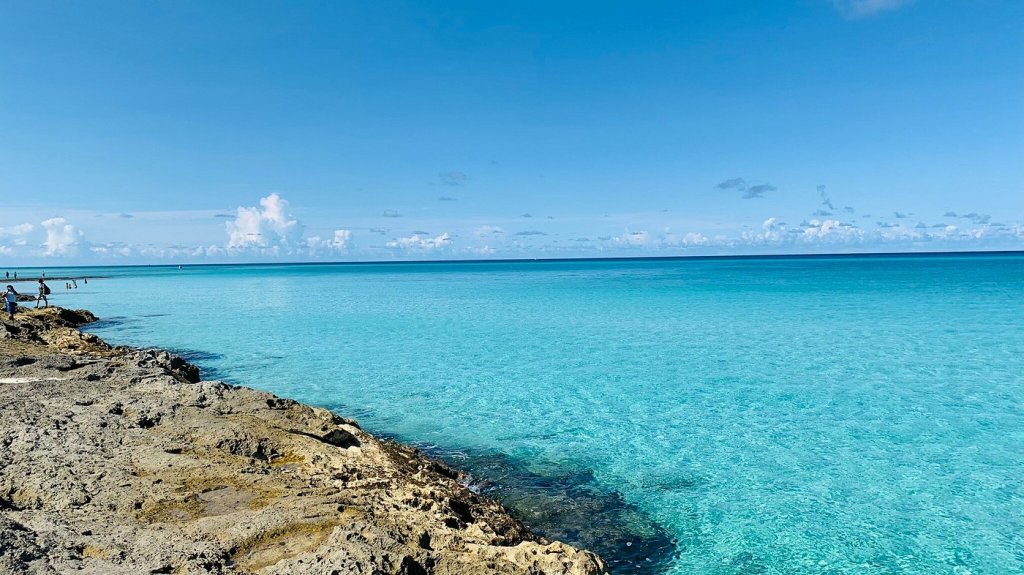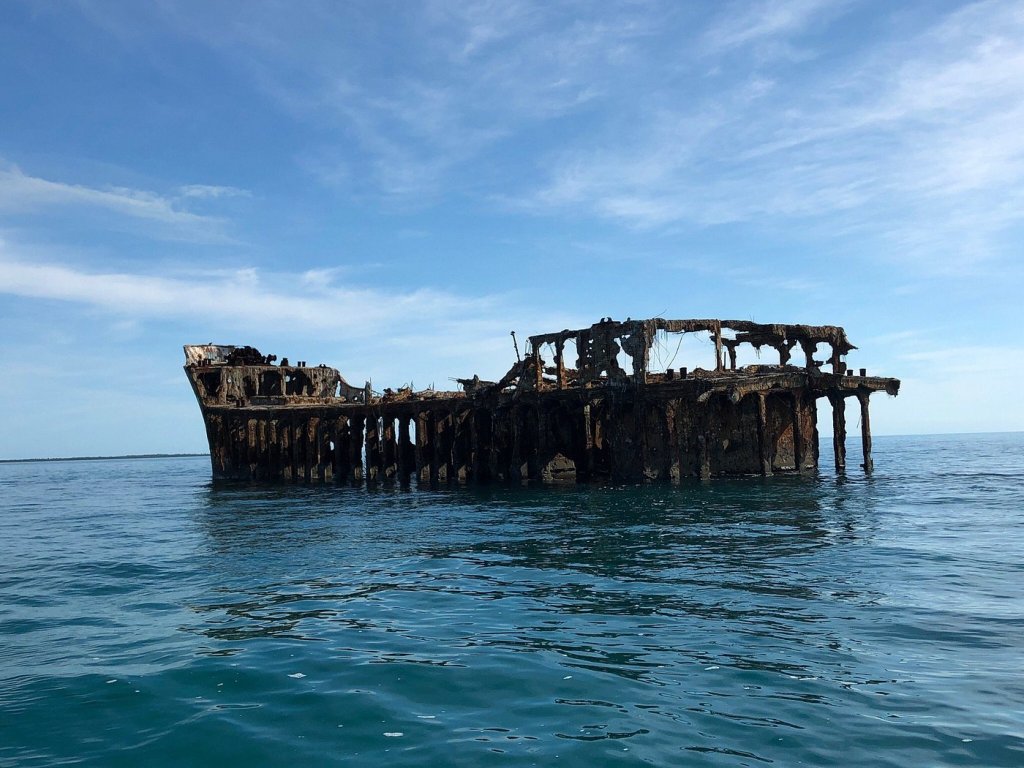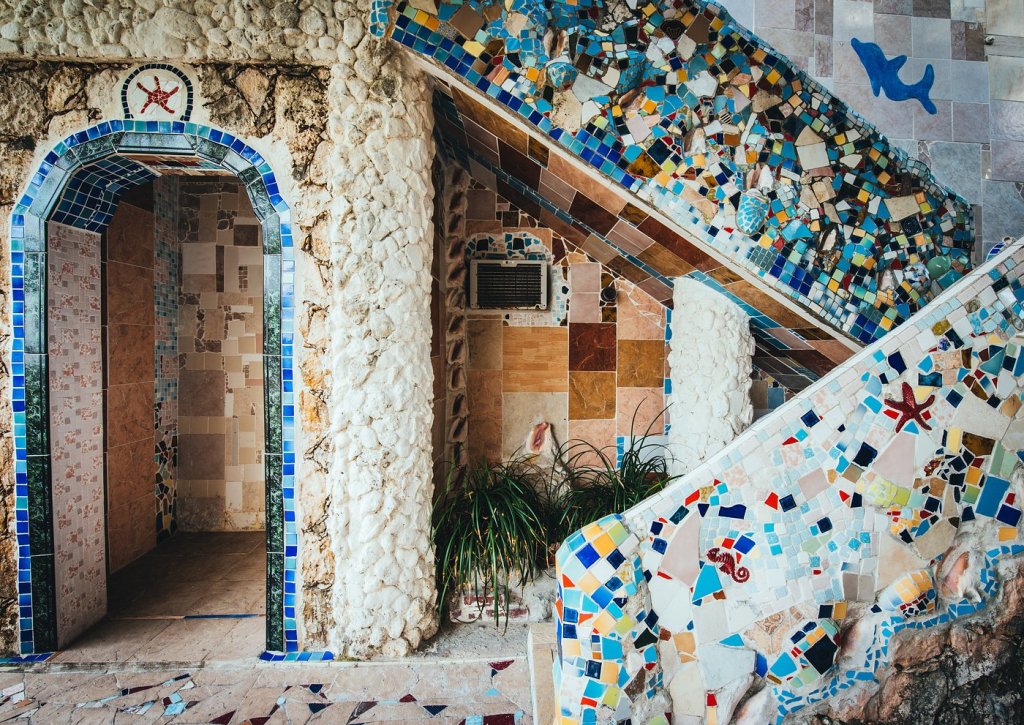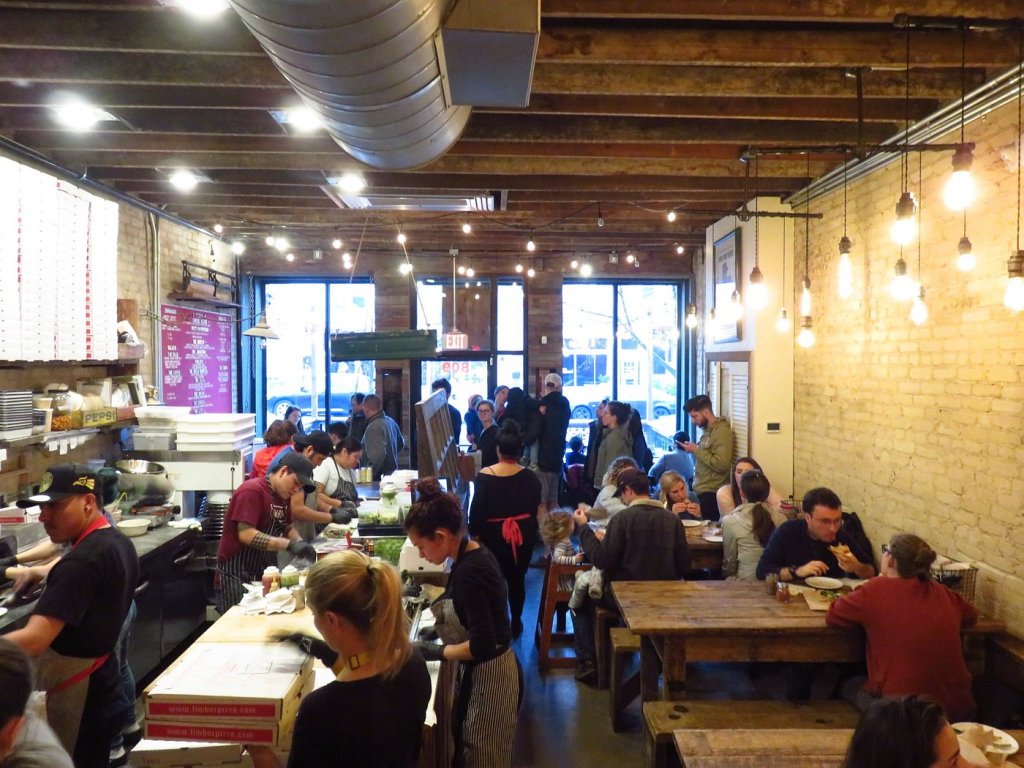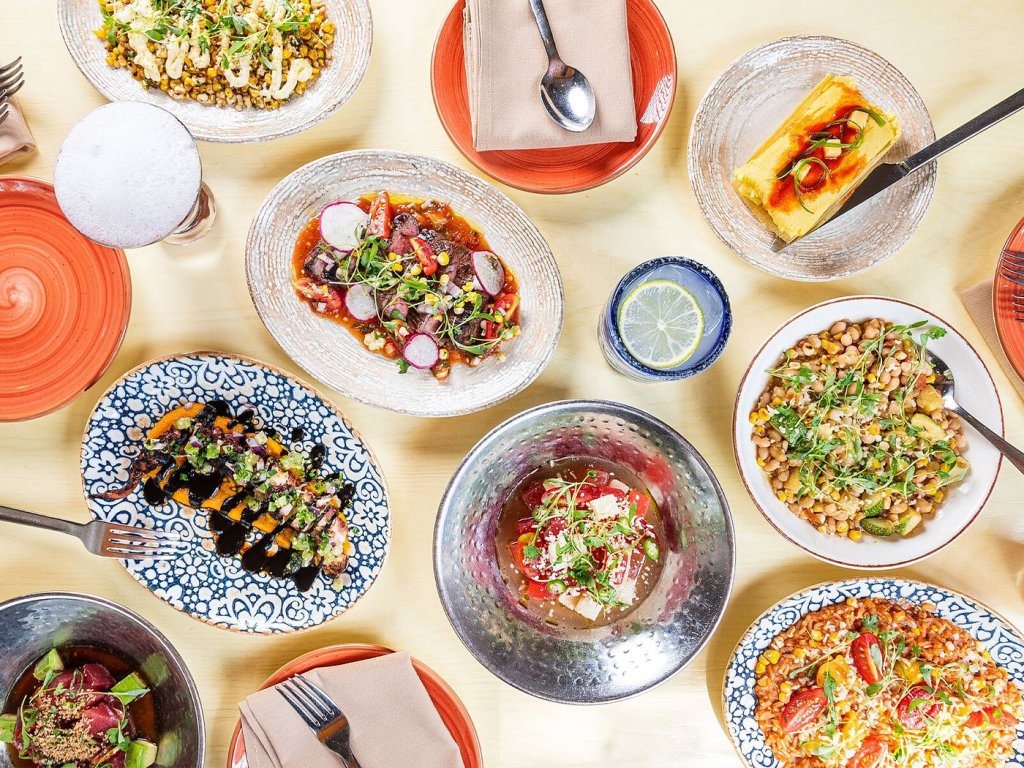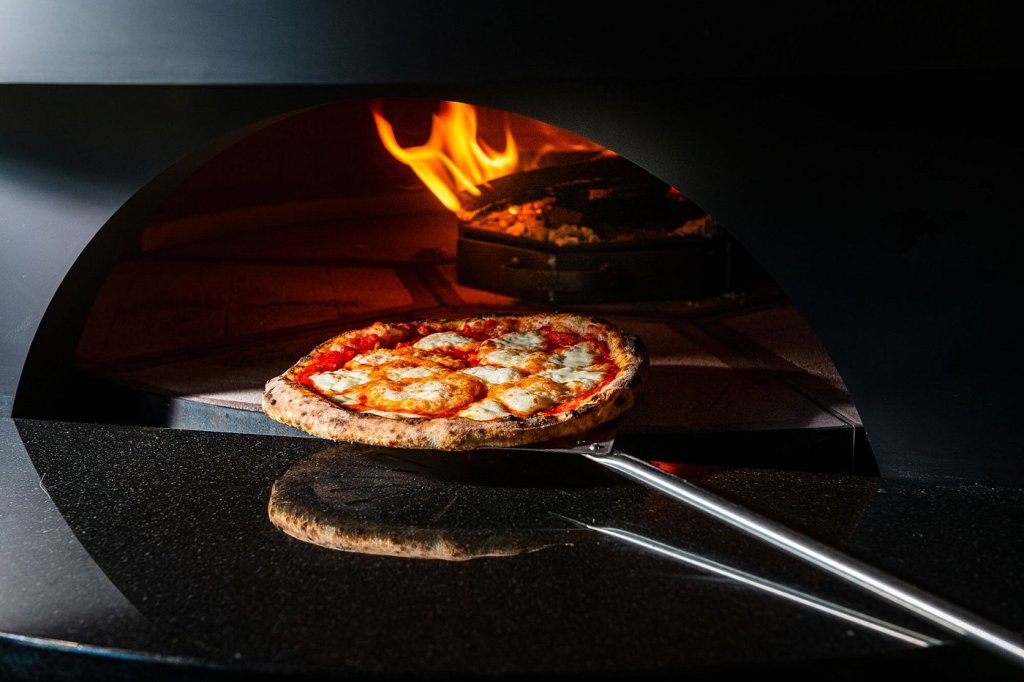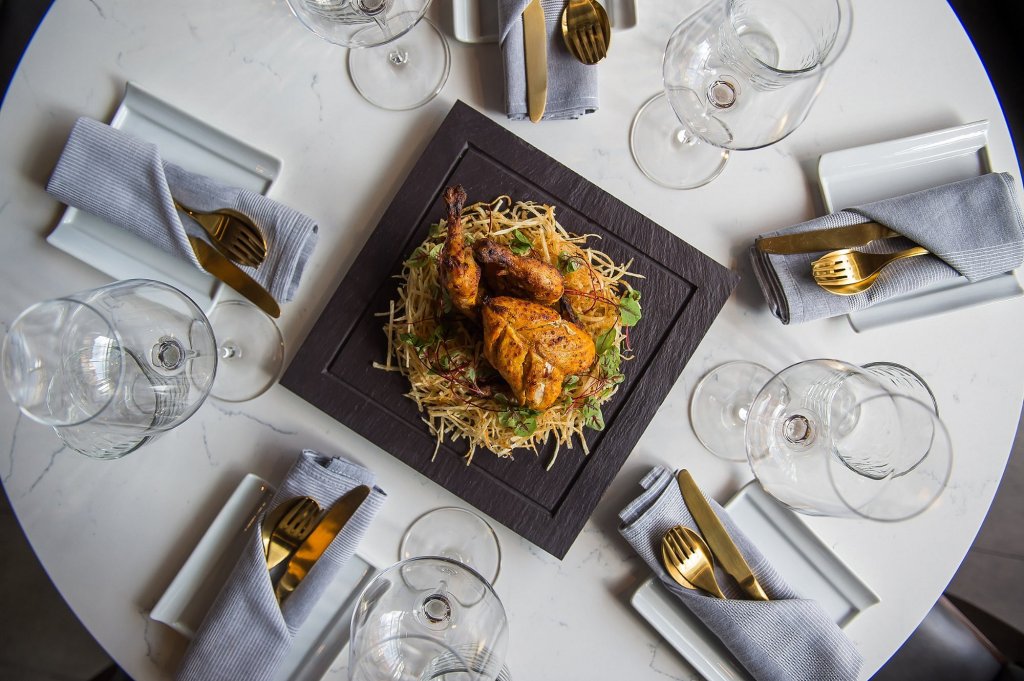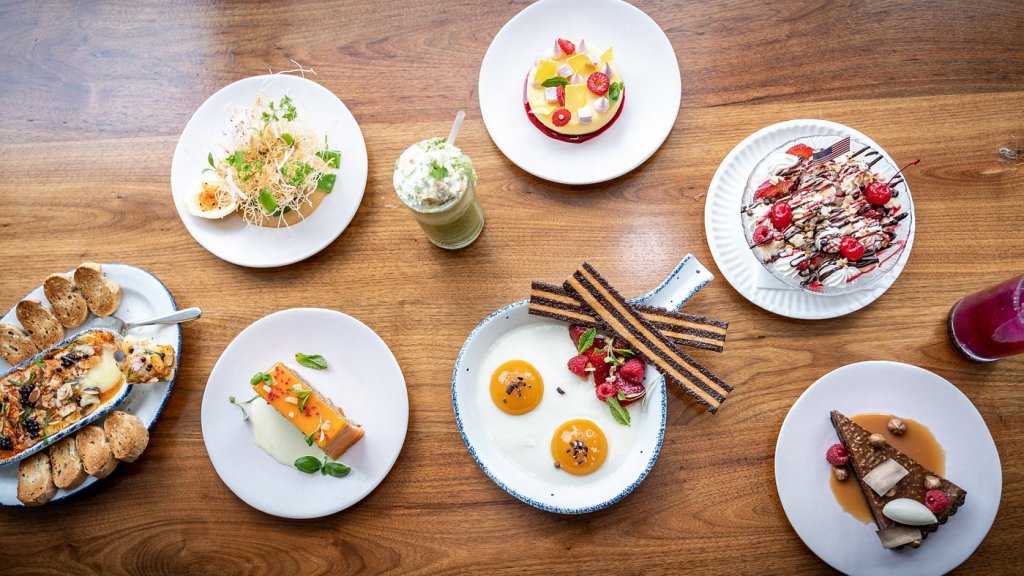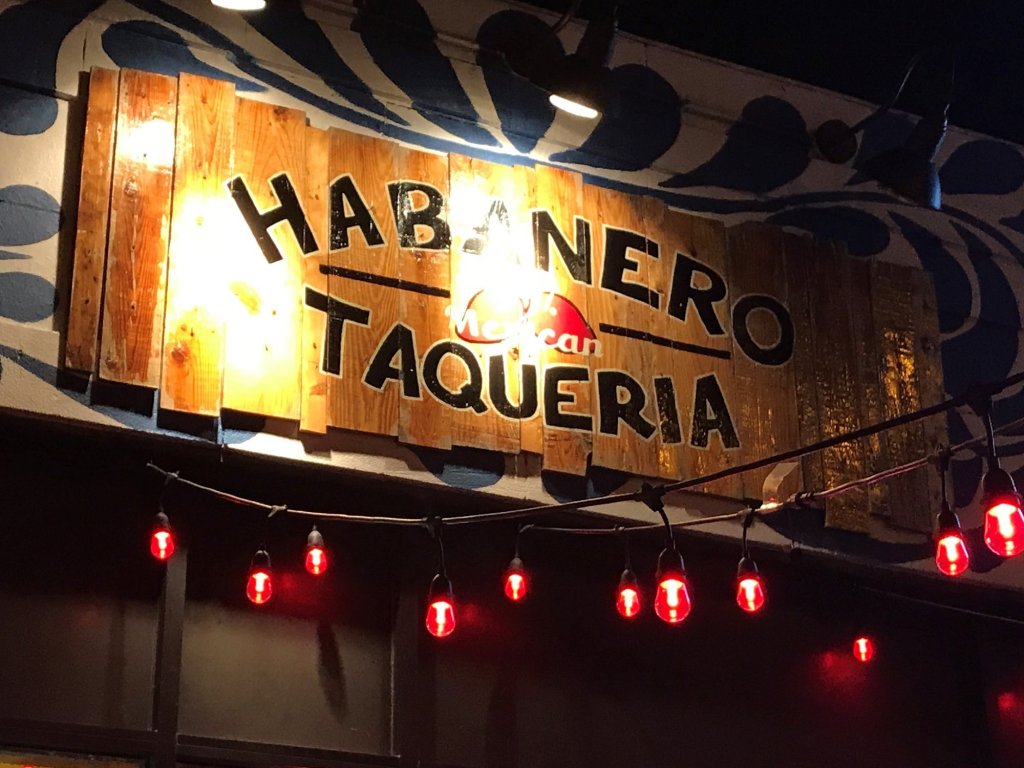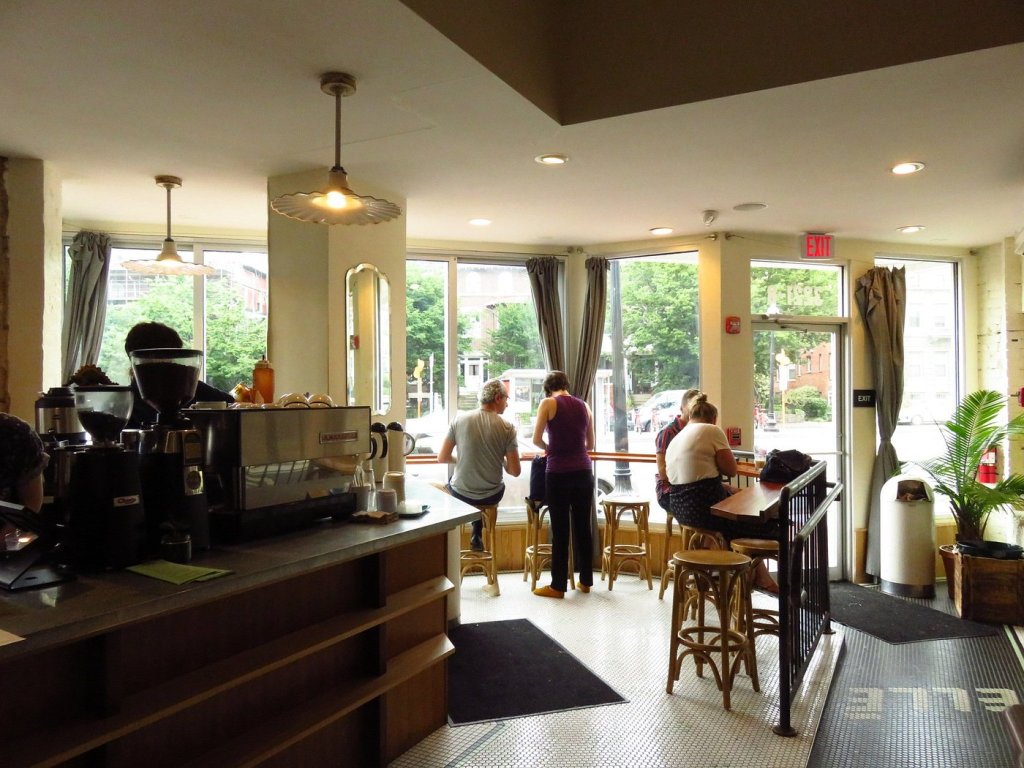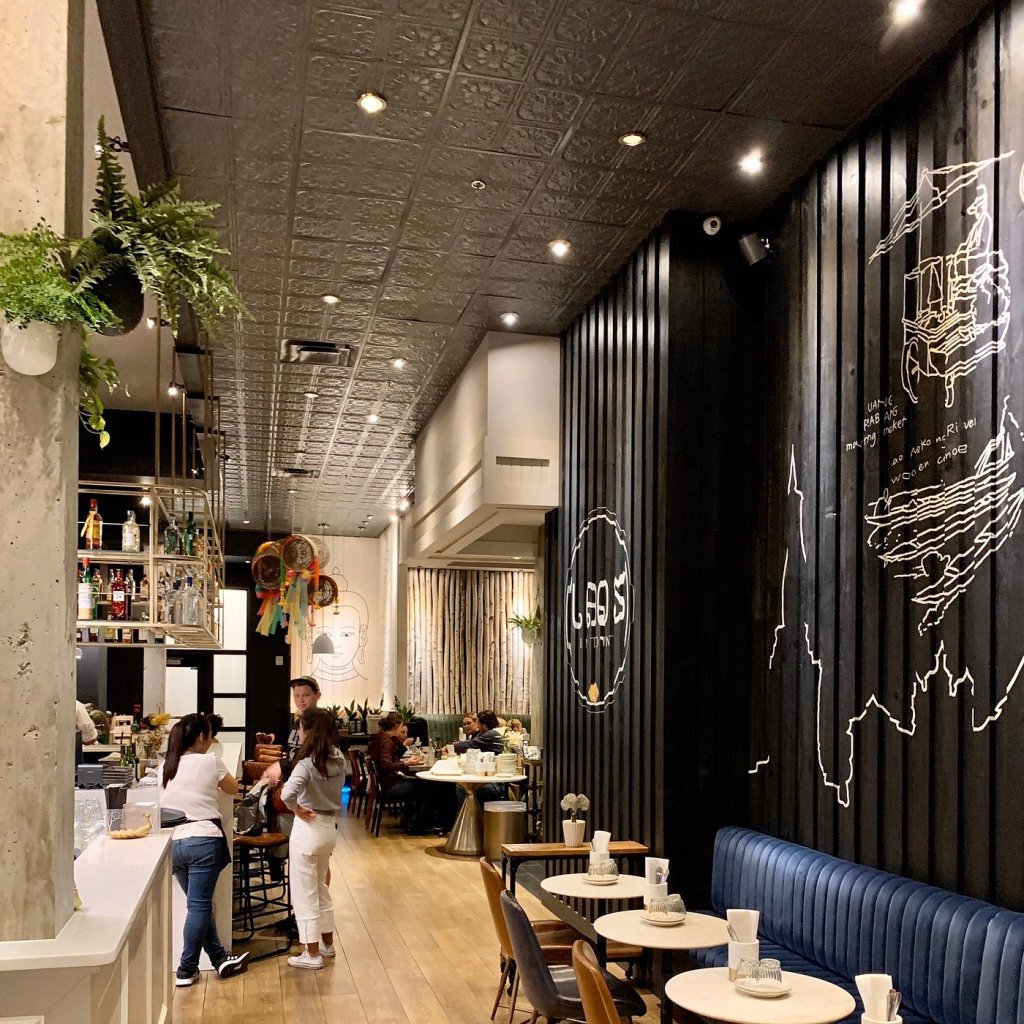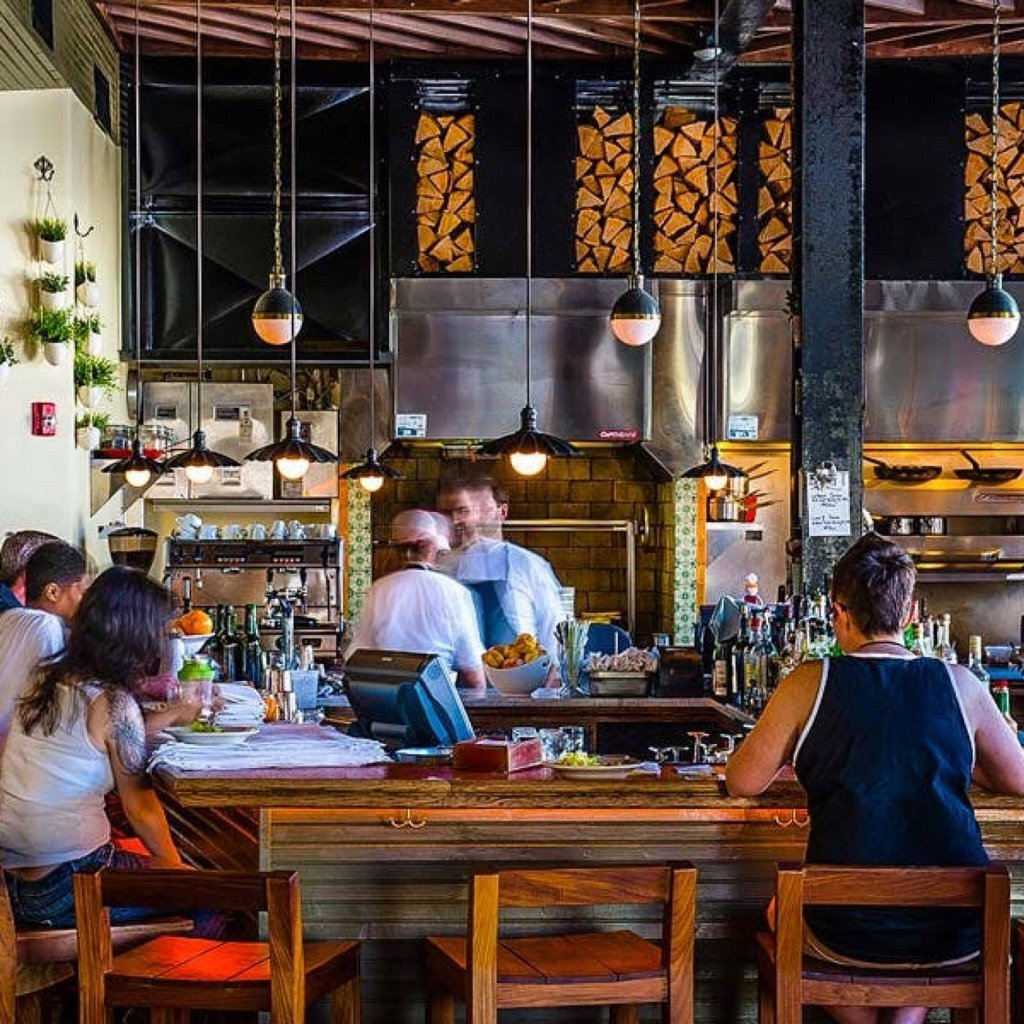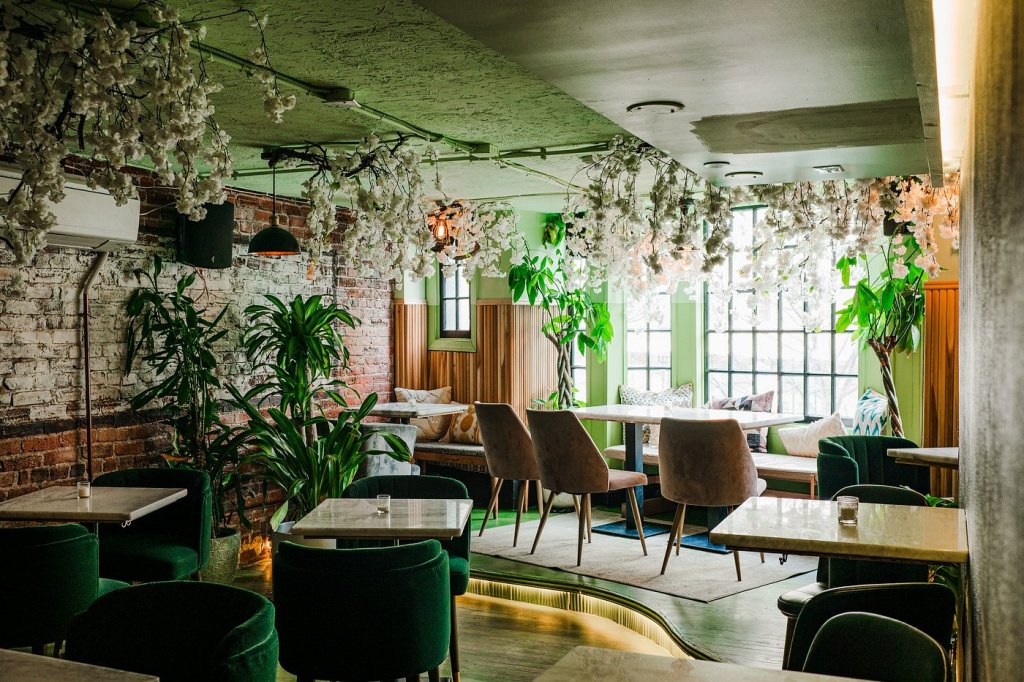I’m not usually the biggest germaphobe, but I tend to pay attention to what I touch and how often I wash my hands when I travel.
Most of that falls back on my desire to stay healthy while traveling. Thanks to that dry plane air and its cornucopia of bacteria, I reserve most of my fretting for the airport and air travel. Bus rides and train rides are also high-alert times.
But all of that care during transportation means nothing if we’re heading to a dirty rental or hotel room. And that’s doubly true if the items we’ve packed are also covered in germs.
A while ago, I covered the dirtiest places in most hotel rooms and rentals. I advised following your fingers; remote controls, light switches, and other on/off buttons on appliances are usually culprits for hidden grime.
But what if we, as travelers, are actually toting around the Typhoid Mary time bomb? Could it be that ‘the call is coming from inside the house’, to use the When a Stranger Calls parlance?
According to one in-depth study from microbiologist Amy-May Pointer, travelers have something in their arsenal that’s dirtier than a toilet seat. (Start guessing now, spoilers are below!)
Which travel product is dirtier than a toilet seat?
Ready to know the dirty, awful truth? According to Pointer, our suitcases are almost 60 times dirtier than a toilet seat. That’s a pretty devastating metric considering it was measured against public toilet seats.
But let’s zoom in a bit closer. Pointer’s study focused on the wheels of your suitcase. And that wheel is exposed to some of the world’s most unlovable, disgusting spots—from bathroom floors to sidewalks covered in pigeon poop. Unfortunately, Pointer also noted a lot of black mold in the mix.
And, to top things off, while the wheels of your suitcase are the dirtiest part, they’re not the only spot that’s downright filthy. Both the underside of the suitcase and those trolleys that let you stack them in the airport also have more grime, mold, and bacteria than a toilet seat.
If you want to dig deeper into the actual bacteria present, dive into the study linked above. You can learn about Staph, E. Coli, Pseudomonas, and other bacteria that will have you scrubbing your suitcase wheels in no time.
